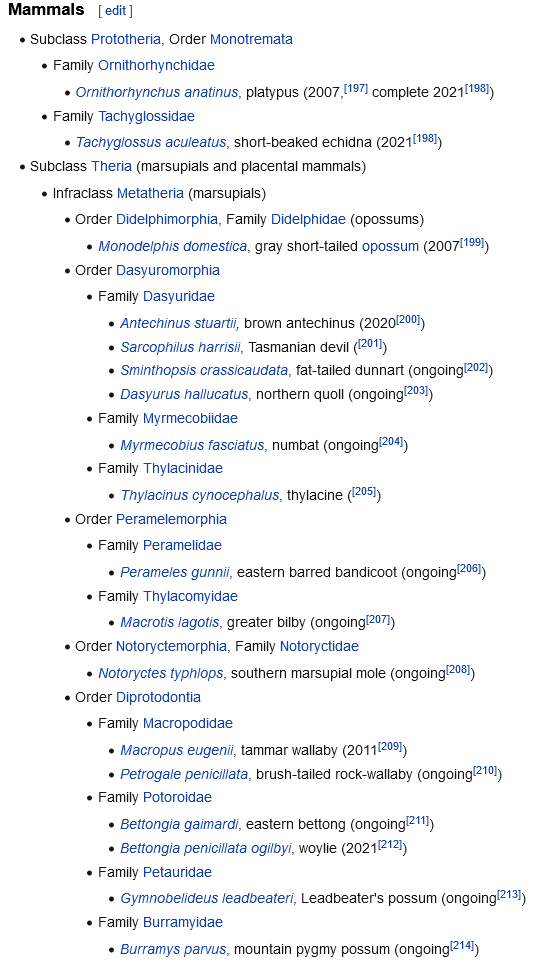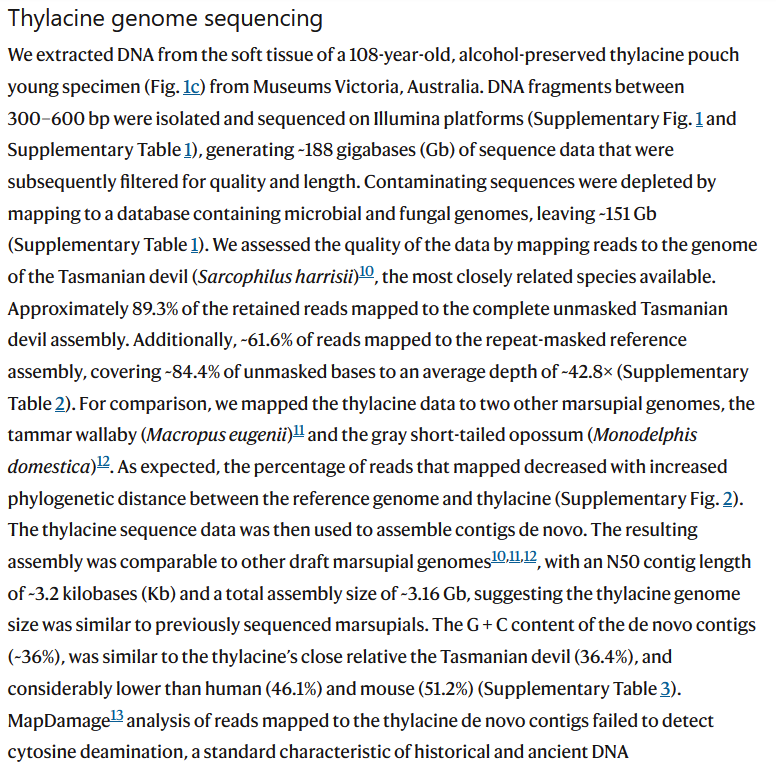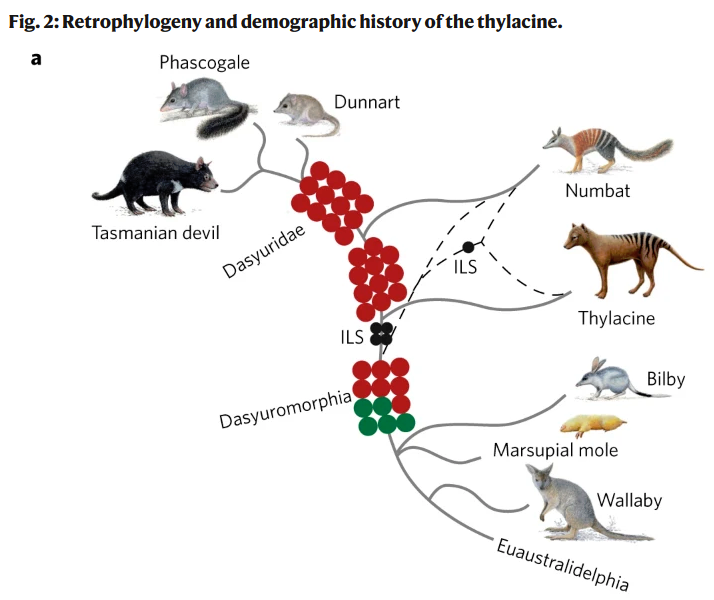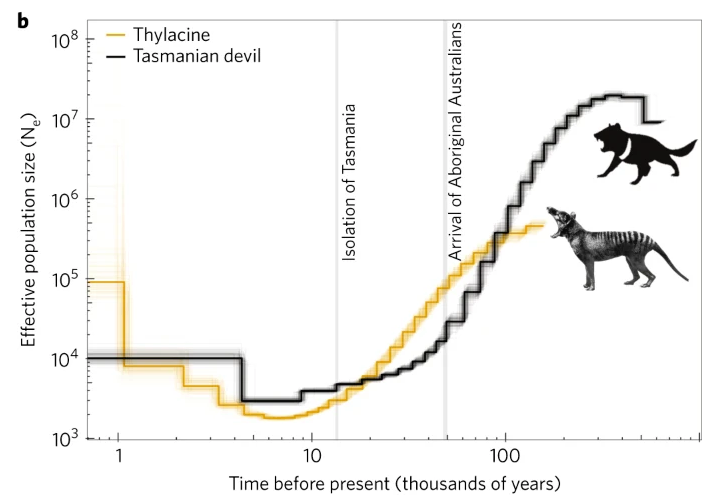https://www.sciencedaily.com/releases/2022/03/220331151517.htm
Most people will think that the human genome was completely sequenced by 2003 in the Human Genome Project.
Not so. There were gaps.
It has taken nearly another 19 years to fill all the gaps to get a truly complete human genome.
March 31, 2022. Scientists have published the first complete, gapless sequence of a human genome.
The full sequencing builds upon the work of the Human Genome Project, which mapped about 92% of the genome. That last 8% includes numerous genes and repetitive DNA and is comparable in size to an entire chromosome.
The cost of sequencing a human genome using “short-read” technologies, which provide several hundred bases of DNA sequence at a time, is only a few hundred dollars, having fallen significantly since the end of the Human Genome Project. However, using these short-read methods alone still leaves some gaps in assembled genome sequences.
Over the past decade, two new DNA sequencing technologies emerged that produced much longer sequence reads. The Oxford Nanopore DNA sequencing method can read up to 1 million DNA letters in a single read with modest accuracy, while the PacBio HiFi DNA sequencing method can read about 20,000 letters with nearly perfect accuracy. Using long-read methods, we have made breakthroughs in our understanding of the most difficult, repeat-rich parts of the human genome.
The package of six papers reporting this accomplishment appears in today’s issue of Science, along with companion papers in several other journals. For more, visit Genome.gov/T2T and follow @Genome_gov.



